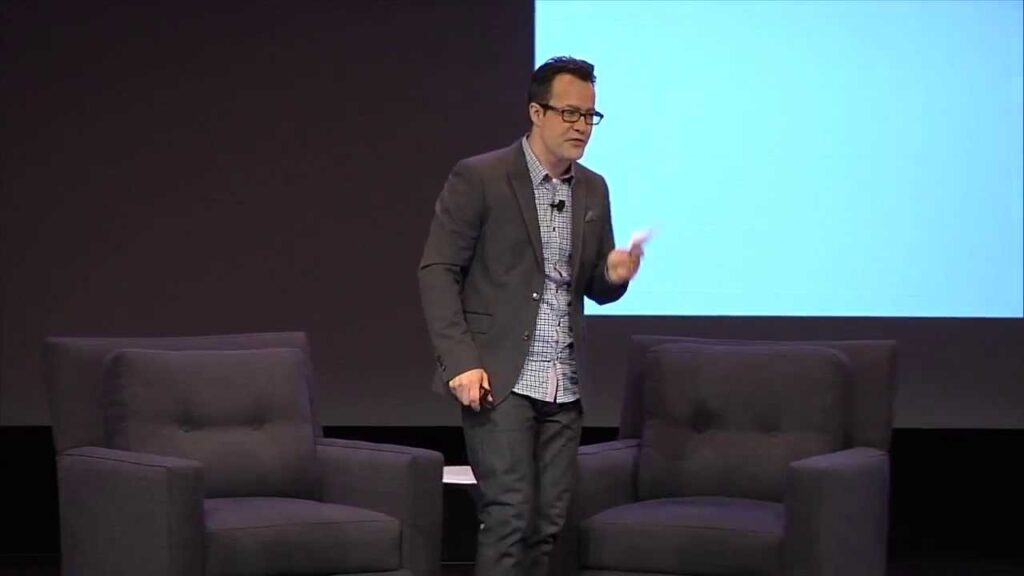Exploring Musical Complexity at the Piano: An Expert Musician’s Insights
Summary
In this article, professional pianist and composer Nari So explores the concept of musical complexity in context with the Happy Birthday melody. Using this familiar tune as a starting point, she guides us through different levels of complexity, starting with simple melodies and harmonies and gradually building up to more challenging techniques like polyphony, rhythm and abstract design. She emphasizes the importance of creative alchemy, emotional investment in the music and the purpose behind it.
Table of Contents
- Understanding Musical Complexity
- Breaking Down a Simple Melody
- Five Levels of Complexity
- Techniques for Manipulating Melody and Harmony
- Creative Alchemy and the Importance of Purpose
Introduction
Musical complexity is a subjective term that can mean different things to different people. As a pianist and composer, I find it to be a fascinating concept that can open up endless creative possibilities. In this article, I’ll be taking you through different levels of musical complexity, using the familiar tune of Happy Birthday as a guide.
Q&A
Understanding Musical Complexity
What does musical complexity mean in the context of music composition and how can it be measured?
Musical complexity is a multifaceted concept that involves different elements of music such as melody, harmony, rhythm, texture, and form. It can’t be straightforwardly measured but can be perceived in different ways by different listeners. As a musician, I believe that musical complexity should serve a purpose and be driven by creative choices rather than mere intellectual exercise.
Breaking Down a Simple Melody
How can we analyze the structure of a simple melody like Happy Birthday and add more complexity to it?
Let’s begin by playing Happy Birthday with one finger, which gives us the melody. We can then add more fingers, alternating notes to create a simple bassline. By adding a third finger, we add stronger harmony to our piece. We can also break chords into arpeggios, open them up like a fan or use different rhythmic patterns like waltz, shuffle, or stride. Finally, we can manipulate melody, harmony, and texture to create abstract designs.
Five Levels of Complexity
Can you explain the five levels of complexity that you have demonstrated with Happy Birthday?
Sure. The first level involves playing Happy Birthday with one finger. The second level adds alternating notes to create a simple bassline. The third level adds more harmony with a third finger. The fourth level introduces polyphony or multiple voices with two singers. The fifth level involves manipulating the melody and rhythm to create more abstract designs.
Techniques for Manipulating Melody and Harmony
What techniques can we use to manipulate melody and harmony and create more complex designs?
We can use techniques like inversion, retrograde, fragmentation, displacement, and augmentation to manipulate melody and create more complex designs. We can also experiment with different scales, modes, and chord progressions to create harmonic complexity. Additionally, we can expand our harmony by adding extensions, substitutions, and alterations.
Creative Alchemy and the Importance of Purpose
What is creative alchemy, and how do we ensure that our music has a purpose beyond the technical aspects?
Creative alchemy is the art of combining different elements of music in a way that reflects our identity and purpose as an artist. We can achieve this by investing our emotions and experiences in our music, experimenting with different techniques, and constantly pushing ourselves out of our comfort zones. We should also be clear about the purpose of our music, whether it’s to express a personal message, entertain, educate, or inspire. Ultimately, complexity in music should serve a purpose and connect with the listener on an emotional level.
Conclusion
Musical complexity is a fascinating concept that offers endless creative possibilities for musicians and composers. By experimenting with different techniques like melody, harmony, rhythm, and texture, we can create music that is complex, meaningful, and purposeful. At the heart of it, music should reflect who we are as artists and connect with our audience on an emotional level.







